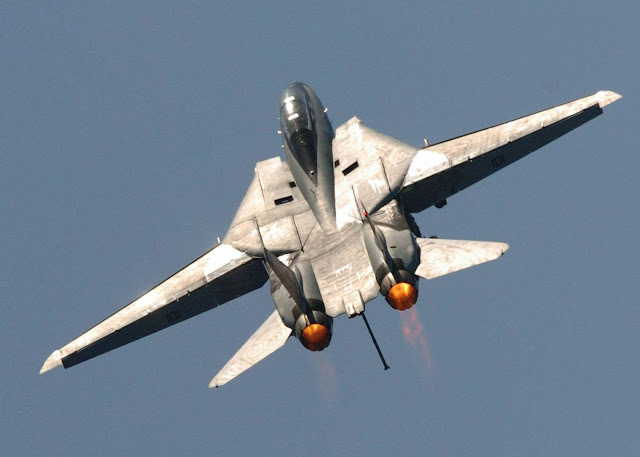It was an all-metal, twin-engine, twin-boom design developed during World War II. The first test flight was made on May 26, 1942, with the first production aircraft rolling off the assembly line in October 1943. The last aircraft was retired from government service in 1954.
Performance
Maximum speed: 366 mph (318 kn, 589 km/h) at 20,000 ft (6,095 m)Combat range: 1350 mi (1173 nmi, 2172 km)
Ferry range: 1,900 mi (1,650 nmi, 3,060 km) with four external fuel tanks
Service ceiling: 33,100 ft (10,600 m)
Rate of climb: 2,540 ft/min (12.9 m/s)
Wing loading: 45 lb/ft2 (219 kg/m2)
Power/mass: 0.15 hp/lb (250 W/kg)
Time to altitude: 12 min to 20,000 ft (6,100 m) (1,667 ft/min)





















































